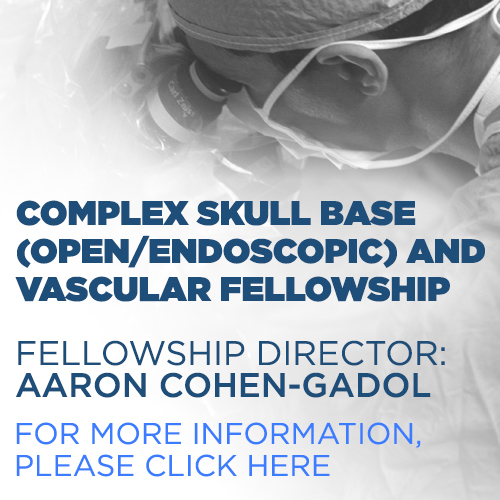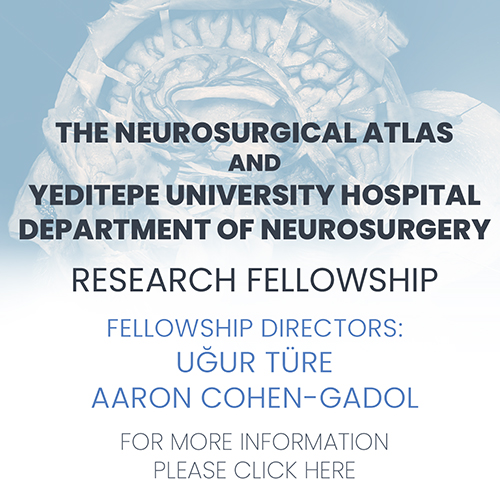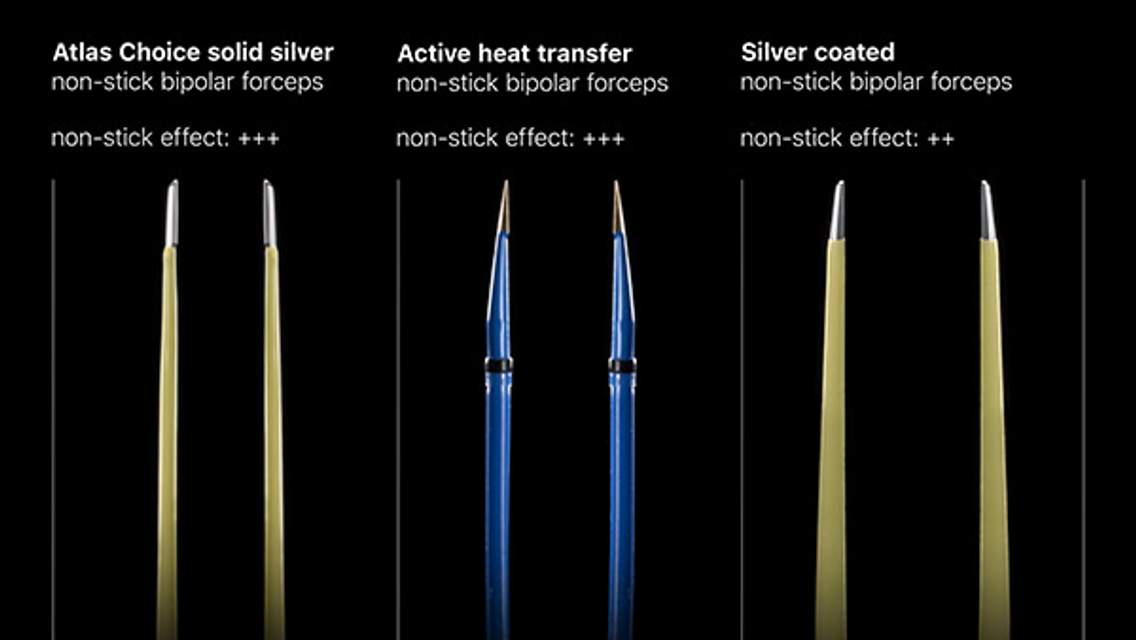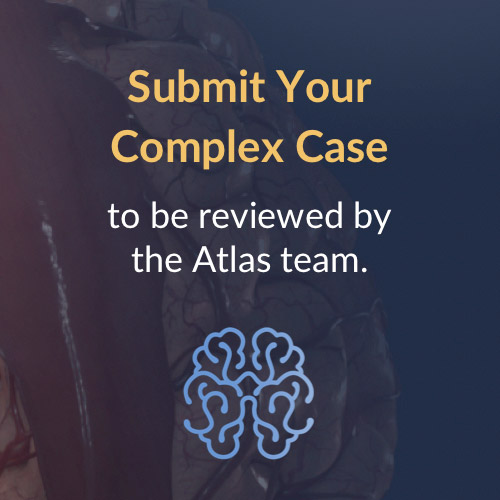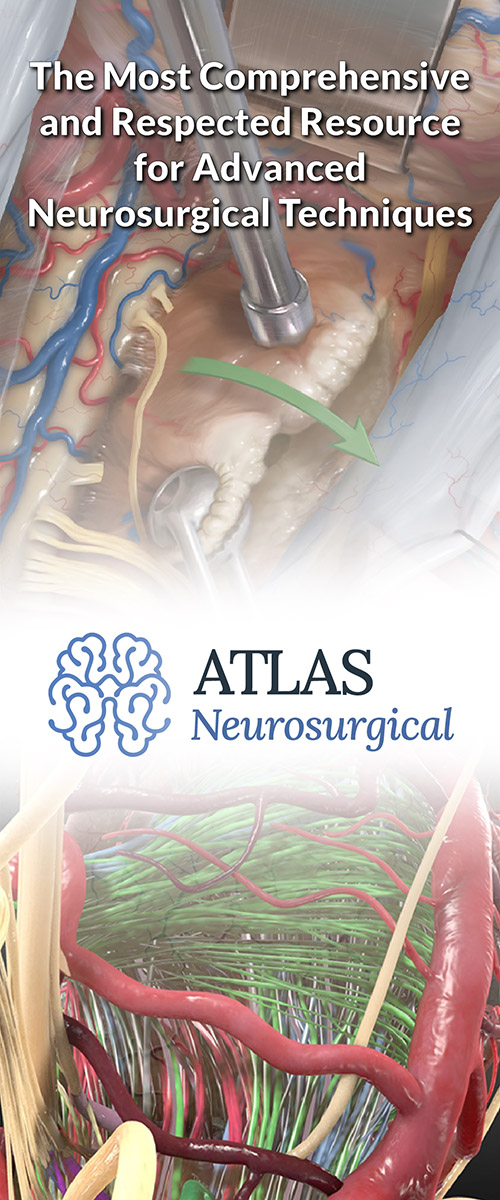Introduction
Intracranial vascular malformations encompass a diverse group of histopathologically distinct lesions resulting from morphogenetic errors, discussed together in this section despite having very different natural histories and clinical management. The degree of pathologic arteriovenous shunting is an important differentiator among the lesions in this group, important to both their clinical course and their respective radiologic-angiographic characteristics.
Arteriovenous malformations and arteriovenous fistulas represent pathologic arteriovenous shunts are amenable to microsurgical and/or endovascular therapy. Cavernous malformations, capillary telangiectasias, and developmental venous anomalies are a heterogeneous group of vascular malformations that, by definition, do not demonstrate high-flow shunting and are either clinically occult or treated surgically when symptomatic. The key radiologic features of arteriovenous malformations, arteriovenous fistulas, capillary telangiectasias, cavernous malformations, and developmental venous anomalies will be introduced.
- Arteriovenous malformation
- Arteriovenous fistula (AVF)
- Dural AVF
- Cavernous carotid AVF
- Developmental venous anomaly
- Cavernous malformation
- Capillary telangiectasia
Contributor: Daniel Murph, MD
Please login to post a comment.

